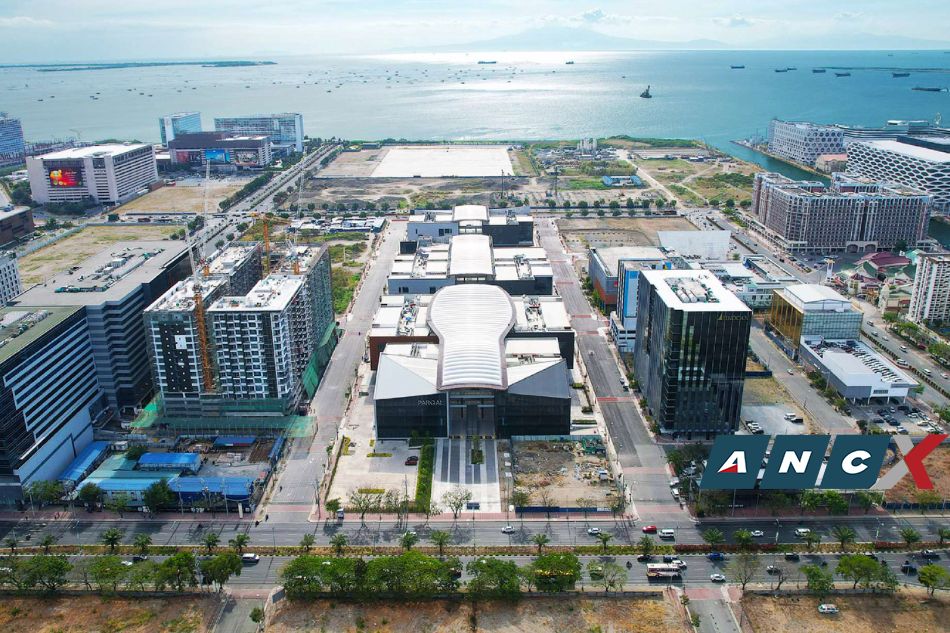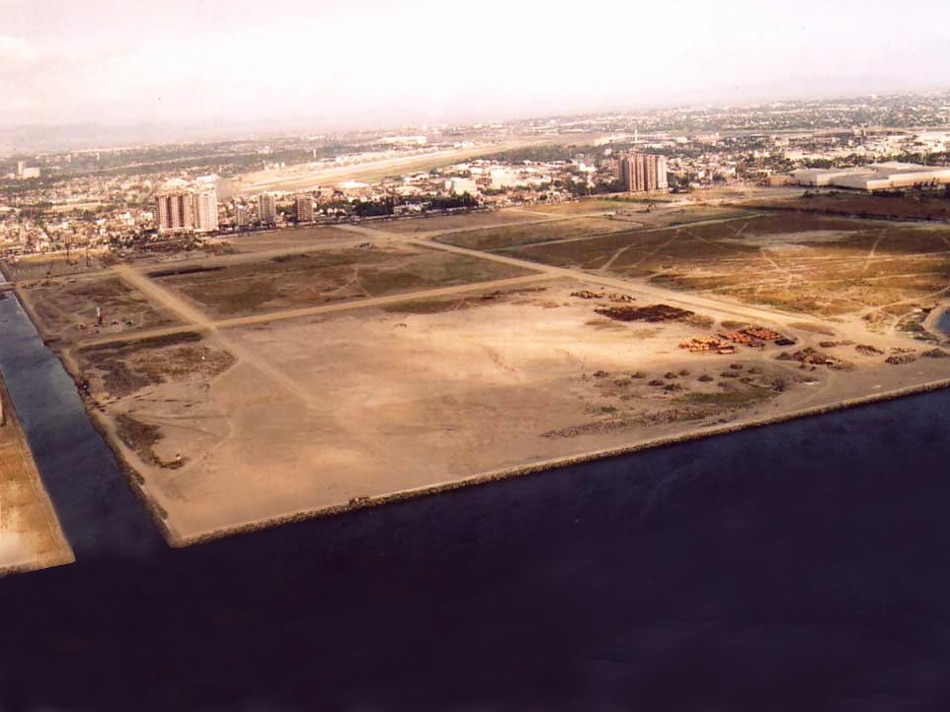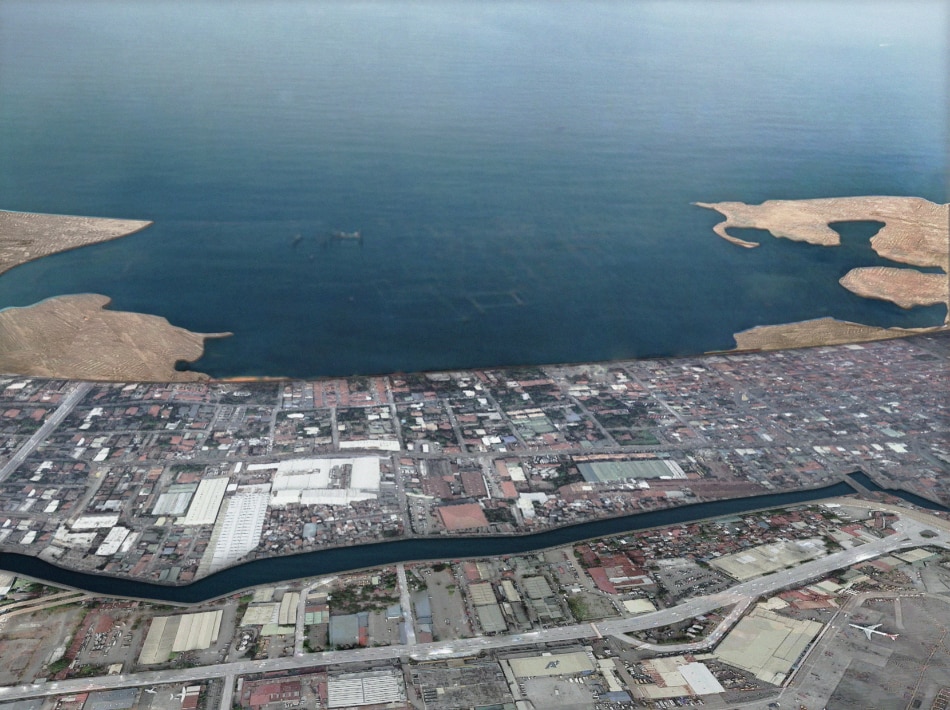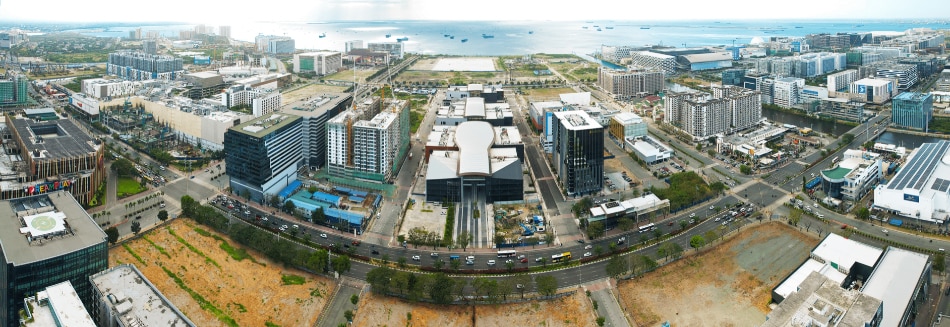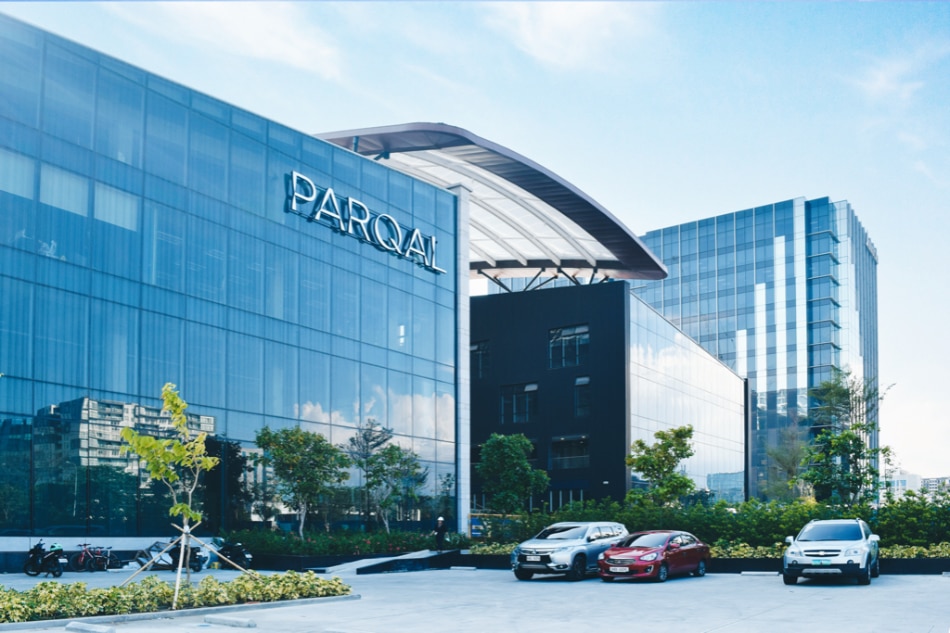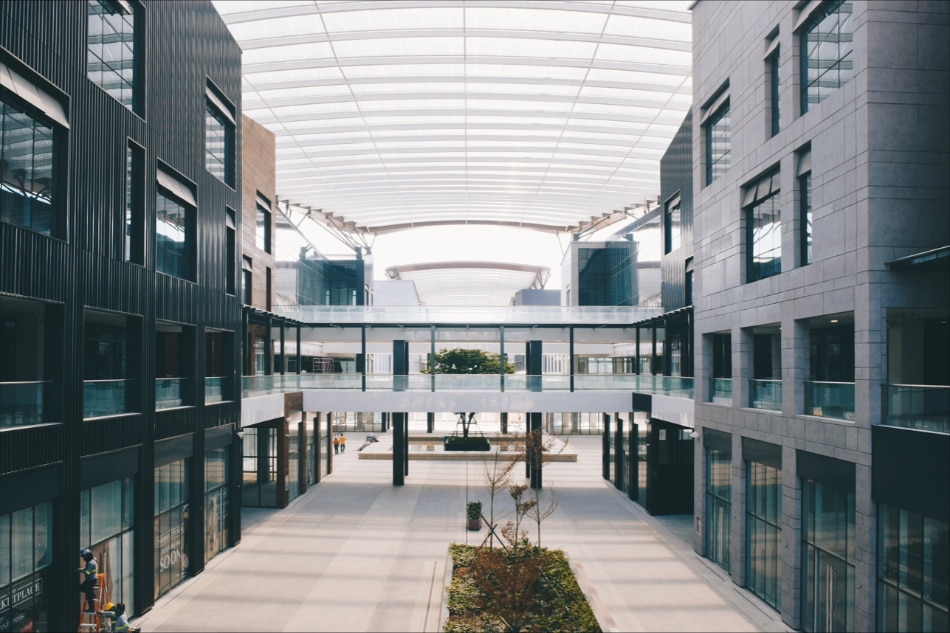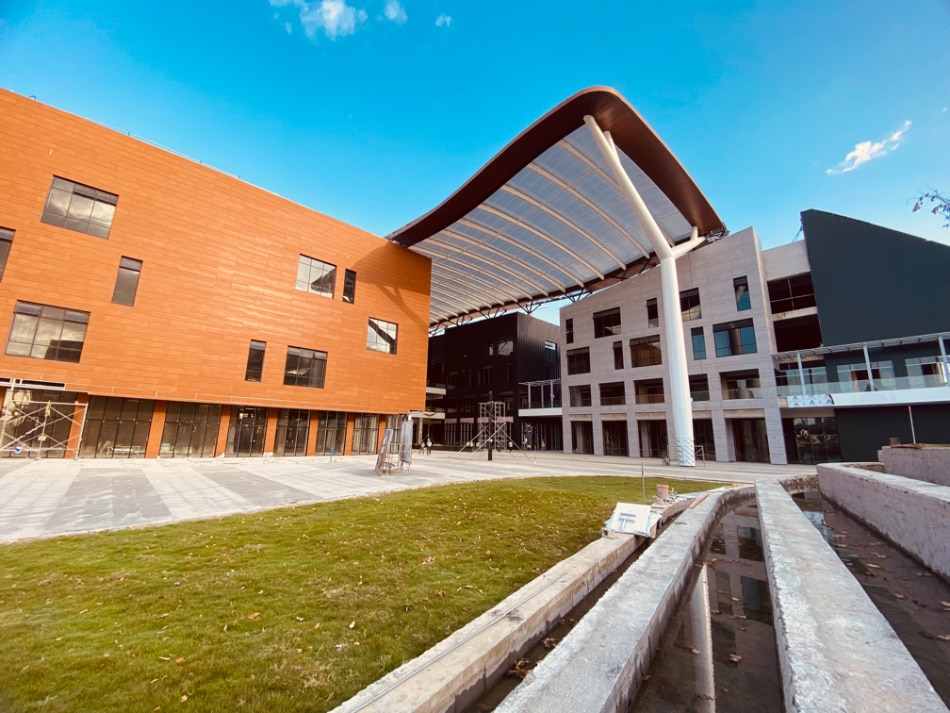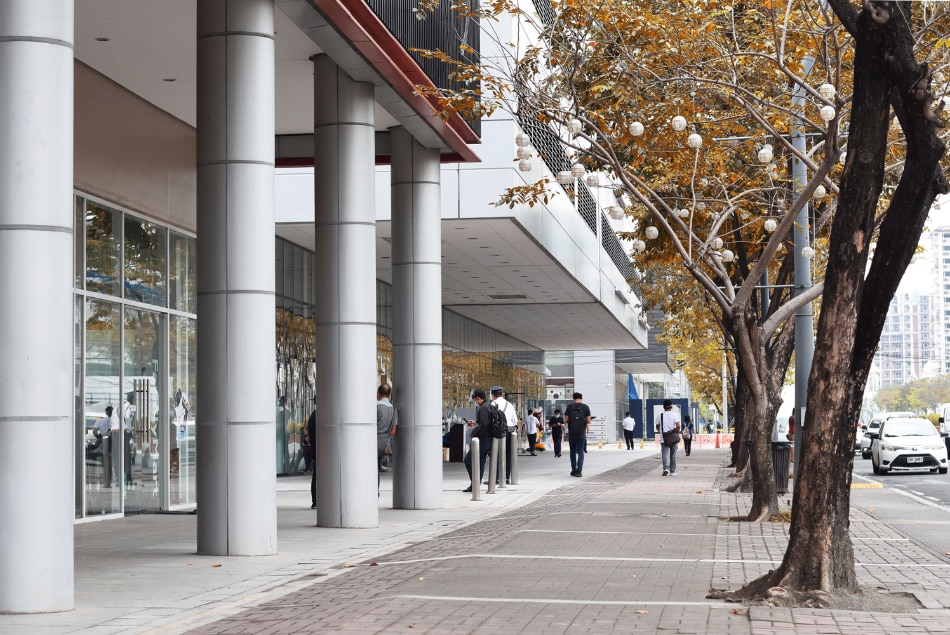For years, people in the Pasay, Parañaque, Manila and Cavite areas wondered what would become of the reclaimed and undeveloped Manila Bay area. It was in the early 90s when D.M. Wenceslao and Associates Inc. (DMWAI)—a leading property developer with expertise in land reclamation, construction and real estate development—took on the gargantuan task of developing the 204-hectare reclamation project. The company was awarded half of the said land to build what is called Aseana City.
It has been over three decades since, and now, if it’s builders are to be believed, the 107-hectare project is shaping up to become a next-generation city—sustainable, safe, connected, walkable, and environmentally sound.
ANCX had a chance to tour the estate recently along with other media. According to Julius Guevarra, VP for Corporate Planning, DMWAI has already developed four office buildings since 2012: Aseana One, a 12-storey office project with 20,000sqm gross floor area; Aseana Two, also a 12-storey office project with 15,000sqm gross floor area; Aseana Three, a 14-storey building; and 8912 Asean Ave., a 15-storey building with over 69,000sqms of leasable space, DMWAI’s largest office development.
DMWAI, master developer and primary owner of Aseana City, has also completed its first residential project, a 15-storey high condominium building called Pixel Residences, which has 165 units. The company is currently constructing the four-tower Midpark Towers, and is slated for completion by end of 2022 or early 2024. The project has a total of 669 units and, according to Guevarra, 70 percent has already been sold.
In 2017, DMWAI built Aseana Square, a two-storey dining and retail strip development in Aseana City. And by third quarter of 2023, they are looking forward to launching Parqal, a five-hectare development, which according to the Aseana website is “expected be one of the top tourist hubs in the metro.” Parqal—whose name is a portmanteau of the terms “park” and “kalye”—is expected to have lush green landscapes and recreational facilities. It would also have commercial outlets and major public transportation terminals.
On top of building several commercial, residential, and office buildings, the company also invited several developers to come in and build their own components to build the city. These include Ayala Malls, and integrated resorts and casinos like City of Dreams, Solaire, Okada, and Resorts World.
To build a complete city, it also has to offer institutional elements, which are represented by two international schools—Singapore School Manila and Nord Anglia School Manila—a hospital (St. Luke’s Hospital), a government office (the Department of Foreign Affairs), and a Roman Catholic Church. “It’s really developing into a complete city where you can live, work and play,” says Guevarra.
One of the main focuses of Aseana City is public mobility. Thus, the company invested in its modernized jeepney program, which was launched recently. The shuttles travel from PITX to the entire estate and to SM Mall of Asia. They are also building public transportation stops for the convenience of passengers.
By September 2024, an LRT station is predicted to become operational outside Aseana City. “In the future, you could walk from the LRT station all the way down to Solaire without being exposed to the elements,” says Guevarra. “This will help connect the city to other cities and areas.”
Guevarra says it is their goal to build a city that’s fairly walkable, with wide sidewalks, road markings, and dedicated bike lanes. They are also building skybridges or arcades so that pedestrians are protected from the elements.
To ensure the safety of its stakeholders, DMWAI says they have put in place 24/7 CCTV monitoring, a dedicated command center that monitors all of the activities on ground, and a team of estate security personnel. In case of emergency, a concerned individual could alert the command center by pressing the call button in the smart lampposts spread all over Aseana City.
Aseana City claims that one of its key priorities is sustainable development. This is why the company says it has procured 100 percent renewable energy sources. It has also tapped urban planners and architects to adapt prevailing global concepts and standards. Guevarra happily reports that their efforts did not go unnoticed. Last year, DMWAI’s subsidiaries—Aseana Residential Holdings, Corp. (ARHC) and Aseana Holdings Inc. (AHI)—snagged the Best Completed Condo Development for Pixel Residences and the Highly Commended Award for 8912 Asean Ave. for the Best Office Architectural Design at the 10th Philippine Property Awards.
There is so much more to expect from Aseana City in the coming months and years. “We've only just begun,” says Guevarra. Truth be told, they still have 28 hectares of unallocated land for future use.


